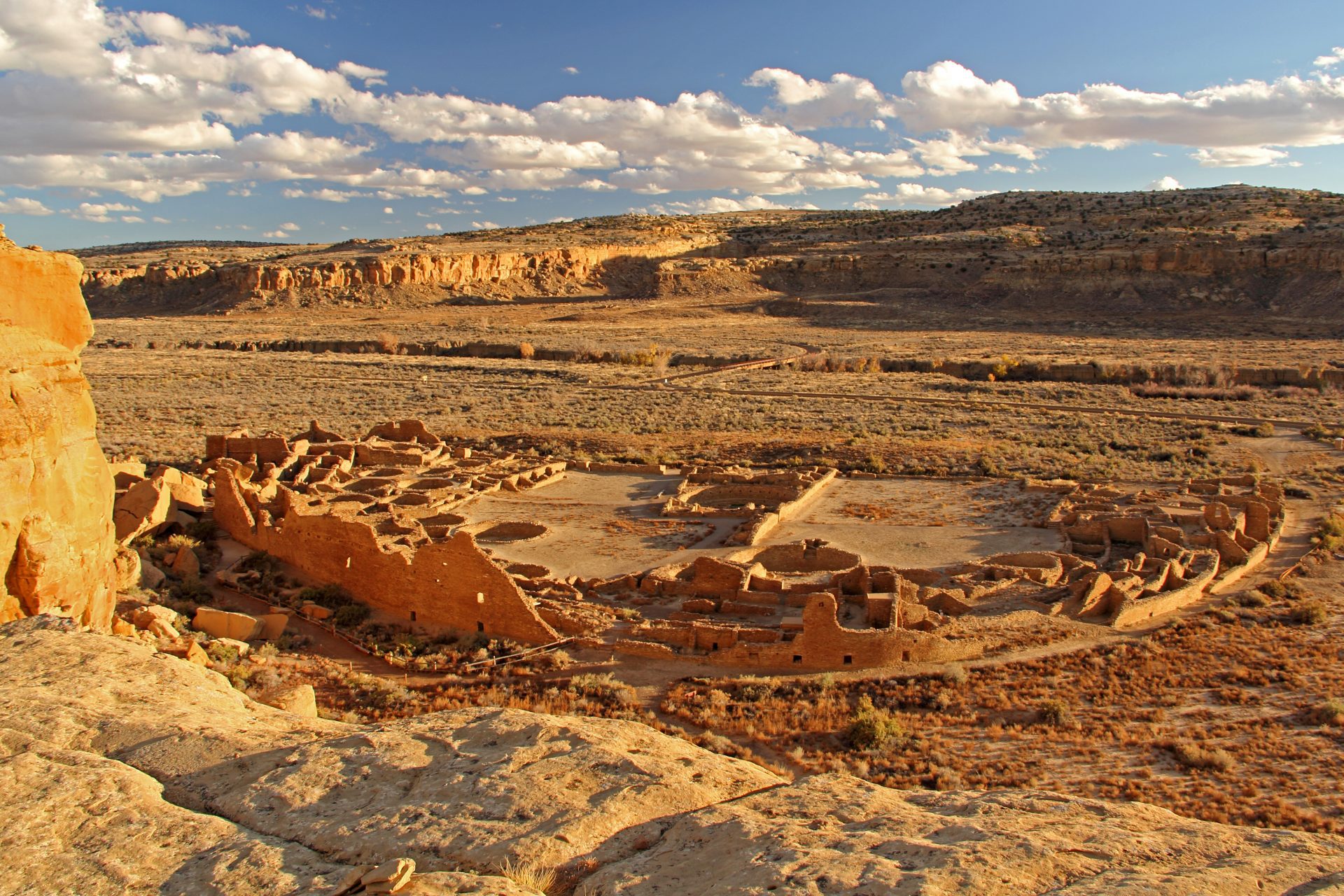Studies have previously suggested that the Chaco Canyon site was too arid to sustain day-to-day living, arguing that the land and architectural structures were not permanent dwellings, functioning as a periodic ceremonial centre and storage facility.
Chaco Canyon was a major centre during the height of Chaco culture between AD 800 to 1140, where the Puebloans assembled fifteen major complexes located in the present-day Chaco Culture National Historical Park in New Mexico, United States of America.
Earlier research revealed a system of roads that connect many Chaco culture sites with evidence of astronomical alignments, indicating that some of the structures were oriented toward the solstice sun and lunar standstills.
In a new study published in the journal PLOS ONE by the University of Cincinnati, researchers studied the on-site pollen, and conducted a botanical analysis in combination with LiDAR mapping to reveal the economic and environmental impact of ancestral Puebloans in Chaco Canyon during the culture’s great pre-eminence.
Professor David Lentz of the University of Cincinnati said: “Our goals focused on providing fresh insight into the sustainability of land use practices in Chaco Canyon during the ancestral Puebloan occupation. Our findings add new data that reveal measurable changes in the juniper pinyon woodlands that occurred before 600 BC when the food procurement system transitioned from hunting and gathering to agricultural production.”
The shift in food resource management enhanced their ability to sustain larger populations in the barren landscape for several centuries during the pre-Columbian era. The ancient Puebloans tussled with the unpredictable environment, they kept their society thriving for more than 1,000 years through agriculture by growing a variety of crops such as corn, beans and squash in the canyon while simultaneously harnessing local pinyon and juniper tree woodlands for architectural needs, food resources and firewood for cooking.
“But with their landscape modifications came serious environmental ramifications. At the cost of major reduction of tree density in the local woodlands, their activities ultimately contributed to a destabilising environmental impact prior to their final exodus,” adds Lentz.
Header Image – Pueblo Bonito, Chaco Culture National Historical Park – Image Credit : William Silver – Shutterstock





